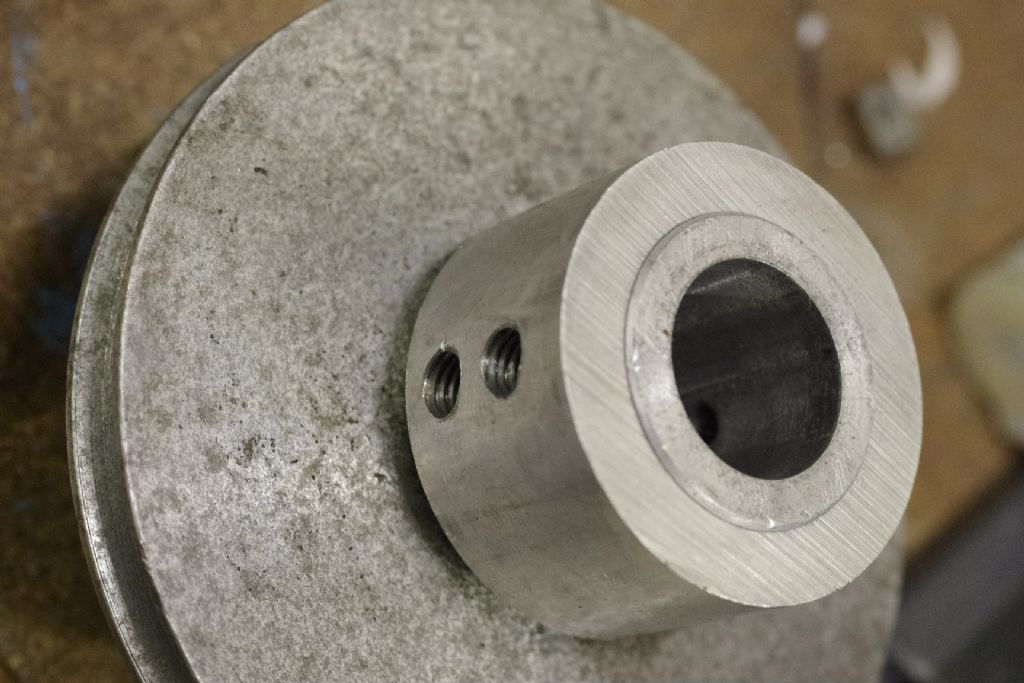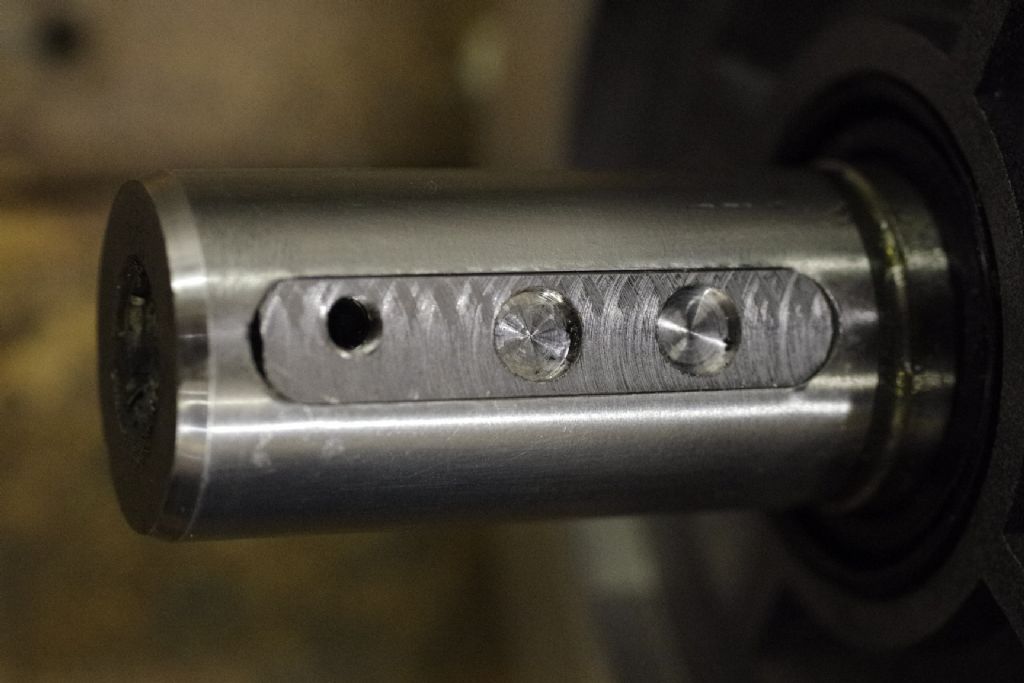Posted by Andrew David on 10/01/2023 07:23:03:
This is what i am thinking about VFD wiring . Any thoughts most welcome. Thanks


I vote for Plan A. The problem with the relay is it's unnecessary (I think), and adds a potential source of trouble. Either the relay fails, stopping the VFD, or the contacts stick, failing to stop the VFD in an emergency. I see relays as useful for providing isolation, not needed here, and/or, allowing small switches to operate a big switch that has to manage a lot of power. VFD control switching is electronic, typically 12 or 5V at a few milliamperes, making relays superfluous.
A point about jargon may help. Folk with a background in signal switching mostly call these devices "relays". Those with a background in power switching usually call them "contactors".
The hard part of setting up a VFD is usually configuring it, rather than the wiring. Inside the box is a mass of sophisticated functionality, which the user can use to adjust dozens of factors like logic sense and voltages, whether or not a pendant is used. They can also be parametrised to adjust soft-start characteristics, optimised to suit a particular motor, or support advance motor control features. Manuals can run to hundreds of pages of gobbledygook. Most are configured with a plug-in calculator like device, others with a computer interface.
When VFDs first appeared, they were high-end devices sold to industry, who either had them pre-programmed to a specification, or sent someone on a training course. The manuals at this stage were for expert reference, not simple How To Guides. The full manual of a VFD is still intimidating, but the good news is that most ordinary VFDs now work out of the box. They come sensibly pre-configured, and are likely to 'just work'. And if tweaks are necessary, they're likely to be straightforward, and explained in a much simplified get you started guide.
There's a high chance of success, only risk being forced into the deep manual because the defaults are unsuitable. One fairly common problem is the chap who accidentally changes an important setting due to inexperience, and can only fix it by understanding a difficult manual! Another is buying second-hand and finding nothing works because the previous owner specially configured it, and there's no manual. Last case is buying a sooper-dooper high-end VFD, and discovering it assumes installers are fully trained, must be configured from scratch, and the manual is an inch thick…
Dave
old mart.








